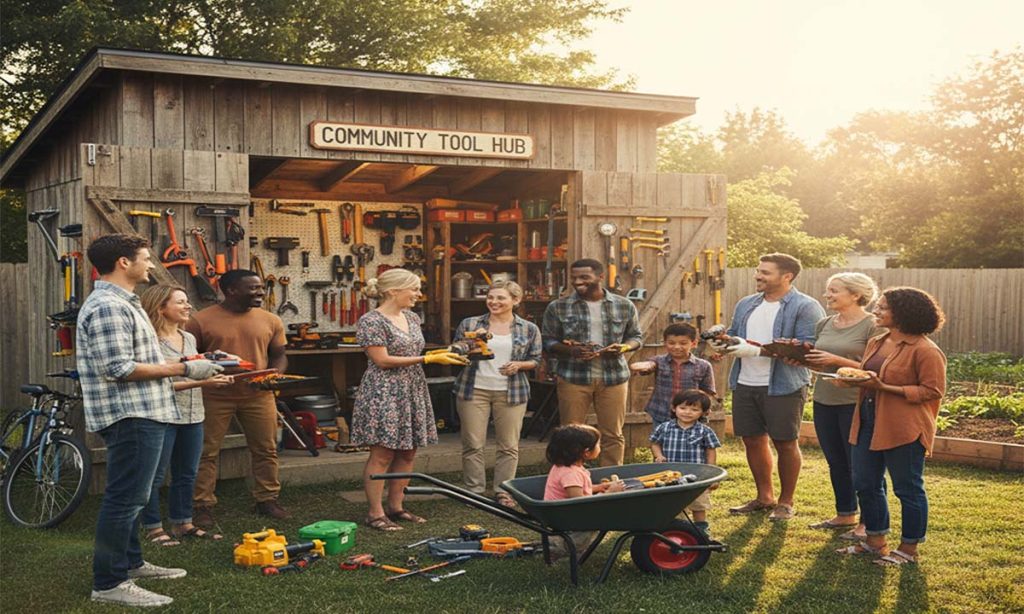STEM (Science, Technology, Engineering, and Mathematics) workshops are a fantastic way to engage children in these vital subjects, spark their curiosity, and develop their problem-solving skills. Organizing such workshops in your community can have a significant impact on young learners. Here’s a comprehensive guide to help you plan and execute successful STEM workshops for kids:
1. Define Your Objectives and Audience
Set Clear Goals: Determine what you want to achieve with your STEM workshops. Goals may include increasing interest in STEM fields, providing hands-on learning experiences, or preparing students for future careers in STEM.
Identify Your Audience: Consider the age group and skill level of the children you want to target. Tailor the workshop content to be age-appropriate and engaging for the participants.
2. Plan the Workshop Structure
Choose a Format: Decide on the format of your workshop, such as a one-time event, a series of sessions, or a summer camp. Each format has its own benefits and can be chosen based on your goals and available resources. For example, a community coding club for kids can be an ongoing project that fosters consistent engagement and learning.
Select Topics and Activities: Pick STEM topics that are both educational and fun. Activities could include robotics, coding, simple engineering projects, or science experiments. Ensure that the activities are hands-on and interactive to keep kids engaged.
Set a Schedule: Create a schedule that includes the workshop duration, frequency, and timing. Consider the availability of your target audience, such as after school or during weekends.
3. Secure Resources and Materials
Gather Supplies: Collect the materials needed for your activities. This may include science kits, coding tools, craft supplies, or computer equipment. Look for donations from local businesses or grants to help with costs.
Find Instructors: Recruit knowledgeable instructors who have experience working with children and a background in STEM fields. They could be teachers, professionals, or volunteers with relevant expertise. Highlight the benefits of community-based learning projects, as they provide both learning opportunities for children and a platform for professionals to give back to the community.
Book a Venue: Select a suitable venue for your workshop. This could be a community center, school, library, or a local business with adequate space and facilities.
4. Promote Your Workshop
Create Promotional Materials: Design flyers, posters, and digital content to advertise your workshop. Include key details such as the date, time, location, and registration information.
Utilize Social Media: Promote your workshop through social media channels, community groups, and local forums. Engage with parents and guardians through platforms like Facebook, Instagram, or Twitter.
Partner with Local Organizations: Collaborate with schools, libraries, and community centers to spread the word. These organizations can help with promotion and may even provide resources or venues.
5. Register Participants
Set Up Registration: Create a registration process to manage the number of participants. This could be done through online forms, email, or paper applications. Ensure that registration is straightforward and accessible.
Collect Necessary Information: Gather essential information from participants, such as their names, ages, and any special needs or dietary restrictions. This will help you tailor the workshop experience to meet their needs.
6. Execute the Workshop
Prepare the Venue: Set up the venue ahead of time with all necessary materials and equipment. Arrange seating, set up activity stations, and ensure that everything is ready before the workshop begins.
Engage Participants: Kick off the workshop with an engaging introduction to the activities. Encourage interaction, foster a supportive environment, and provide assistance as needed.
Monitor and Adapt: Observe how participants are responding to the activities and adjust as needed. Flexibility is key to ensuring that the workshop runs smoothly and meets the needs of the children.
7. Evaluate and Improve
Gather Feedback: At the end of the workshop, collect feedback from participants, parents, and instructors. Use surveys or informal discussions to gather insights about what went well and what could be improved.
Assess Impact: Evaluate the success of the workshop based on participant engagement, learning outcomes, and overall satisfaction. Analyze the feedback to identify strengths and areas for growth.
Plan for the Future: Use the feedback to refine your workshop format and content. Consider organizing additional workshops or expanding the program based on the needs and interests of your community.
Conclusion
Organizing STEM workshops for kids is a rewarding endeavor that can inspire the next generation of scientists, engineers, and innovators. By carefully planning, securing resources, and engaging with your community, you can create meaningful learning experiences that ignite a passion for STEM.






